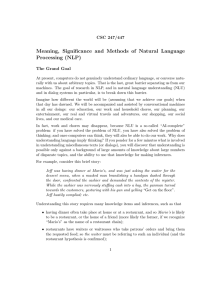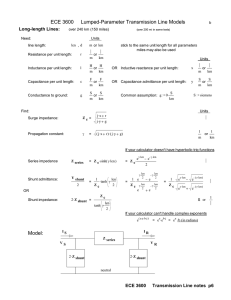Document 13436724
advertisement
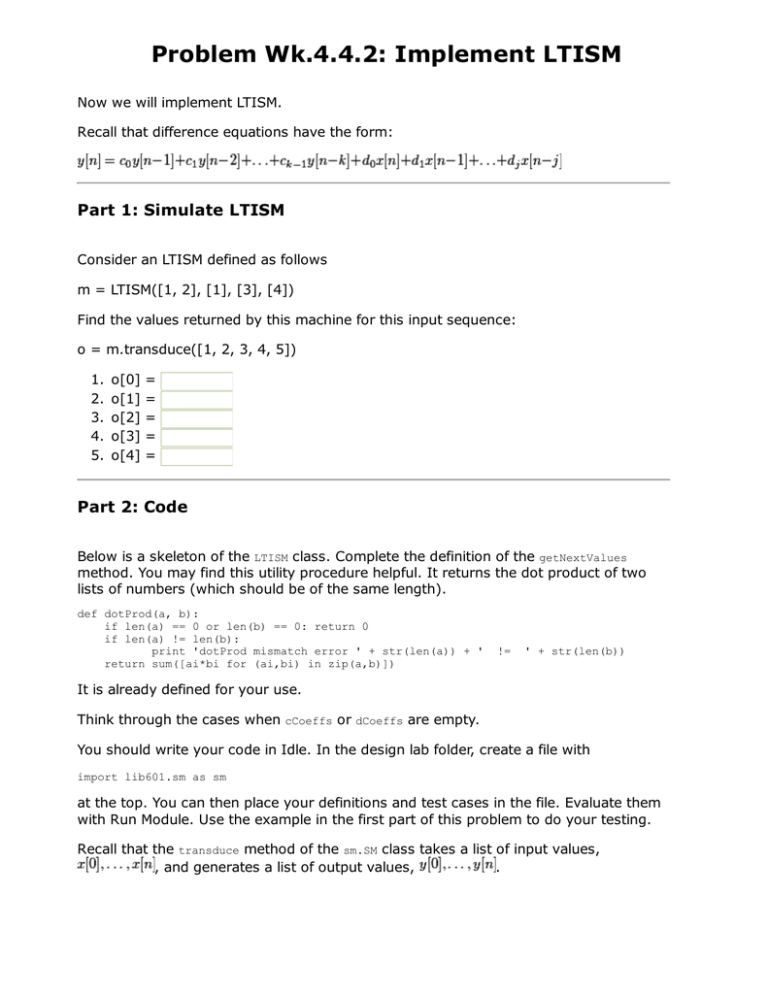
Problem Wk.4.4.2: Implement LTISM Now we will implement LTISM. Recall that difference equations have the form: Part 1: Simulate LTISM Consider an LTISM defined as follows m = LTISM([1, 2], [1], [3], [4]) Find the values returned by this machine for this input sequence: o = m.transduce([1, 2, 3, 4, 5]) 1. 2. 3. 4. 5. o[0] o[1] o[2] o[3] o[4] = = = = = Part 2: Code Below is a skeleton of the LTISM class. Complete the definition of the getNextValues method. You may find this utility procedure helpful. It returns the dot product of two lists of numbers (which should be of the same length). def dotProd(a, b): if len(a) == 0 or len(b) == 0: return 0 if len(a) != len(b): print 'dotProd mismatch error ' + str(len(a)) + ' return sum([ai*bi for (ai,bi) in zip(a,b)]) != ' + str(len(b)) It is already defined for your use. Think through the cases when cCoeffs or dCoeffs are empty. You should write your code in Idle. In the design lab folder, create a file with import lib601.sm as sm at the top. You can then place your definitions and test cases in the file. Evaluate them with Run Module. Use the example in the first part of this problem to do your testing. Recall that the transduce method of the sm.SM class takes a list of input values, , and generates a list of output values, . MIT OpenCourseWare http://ocw.mit.edu 6.01SC Introduction to Electrical Engineering and Computer Science Spring 2011 For information about citing these materials or our Terms of Use, visit: http://ocw.mit.edu/terms.
![Problem Wk.2.1.5: First Word Machine [Optional]](http://s2.studylib.net/store/data/013436673_1-e96213a7734208d3f40d268ce5f87556-300x300.png)
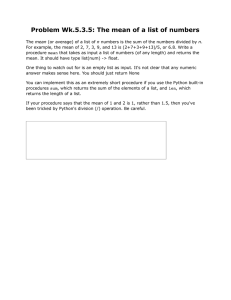
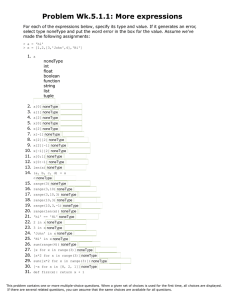



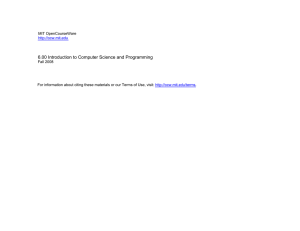

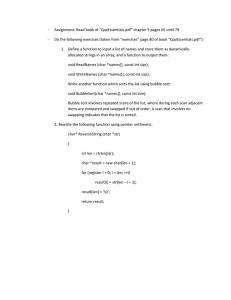

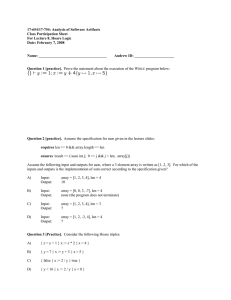


![Handout 2 – Functions, Lists, For Loops and Tuples […]](http://s2.studylib.net/store/data/013505321_1-2865188a57a24d77b6f8eef2a6591cc0-300x300.png)





